WWII History and Iceland Adventure
Today we left Salisbury and headed off to the White Cliffs of Dover. We had heard of them and wanted to see them in person. What we didn't realize was the significance of this landmark aside from its natural beauty. This spot is the closest to the European Continent, thus it was a critical location during WWII. On these beautiful white chalk cliffs overlooking the English Channel remain the evidence of gun emplacements and fortifications that were erected to protect England. History has said that the relentless firing on this beautiful port city by both French and German troops caused most of the residents to flee. Those who remained took shelter in tunnels within the pristine white cliffs.
White Cliffs and Cathedrals
Canterbury, England
Today we left Salisbury and headed off to the White Cliffs of Dover. We had heard of them and wanted to see them in person. What we didn't realize was the significance of this landmark aside from its natural beauty. This spot is the closest to the European Continent, thus it was a critical location during WWII. On these beautiful white chalk cliffs overlooking the English Channel remain the evidence of gun emplacements and fortifications that were erected to protect England. History has said that the relentless firing on this beautiful port city by both French and German troops caused most of the residents to flee. Those who remained took shelter in tunnels within the pristine white cliffs.
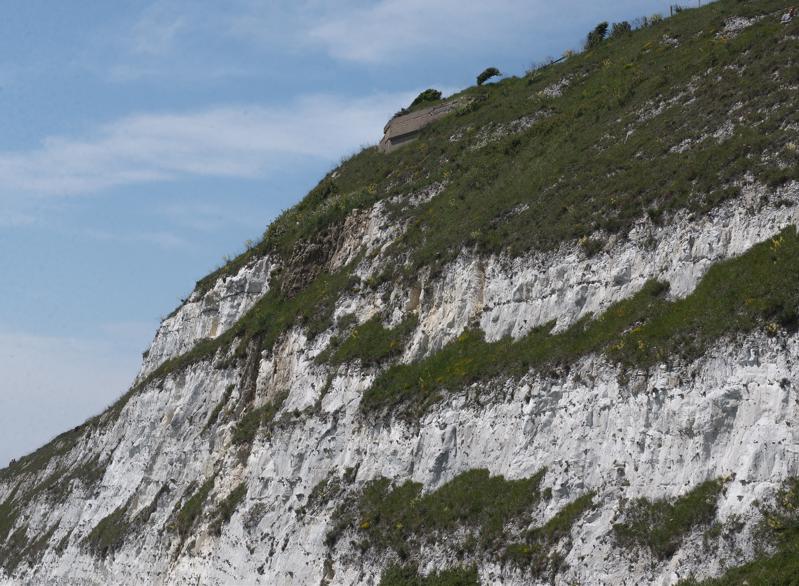
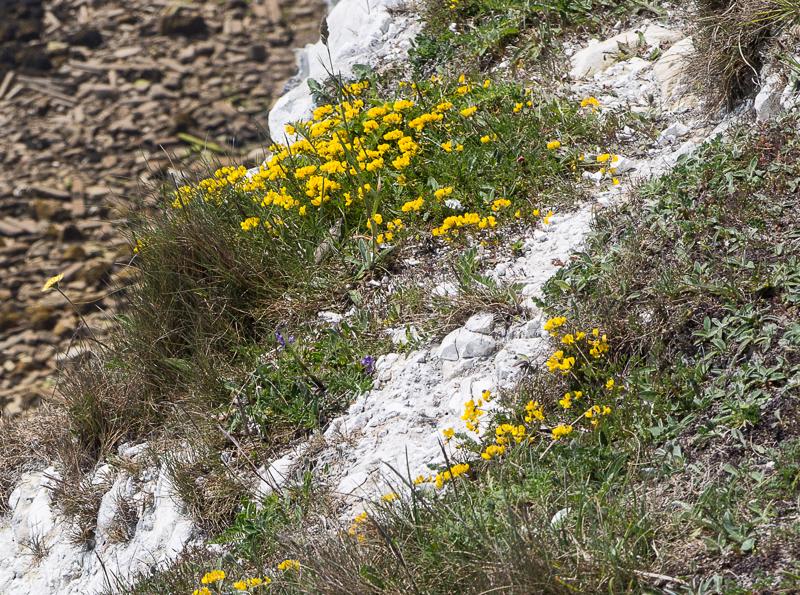
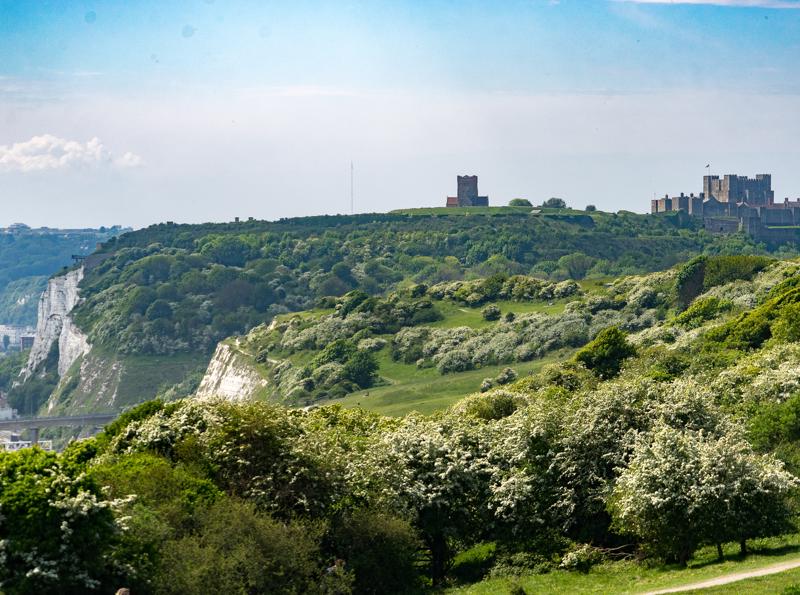
We enjoyed a long walk along the cliff among birds and wild flowers. Our timing seems to have been perfect with the weather and everything is blooming at the same time. We enjoyed our lunch on the cliff and even shared our last pickled egg with a fearless seagull that was nearly eating out of Scott's hand.
After lunch it was time to make our way to Canterbury where we had our most unique lodging yet. We were staying at the Canterbury Cathedral Lodge literally on the Cathedral grounds. Lets just say that from the window of our room you had to look up to see the Cathedral.
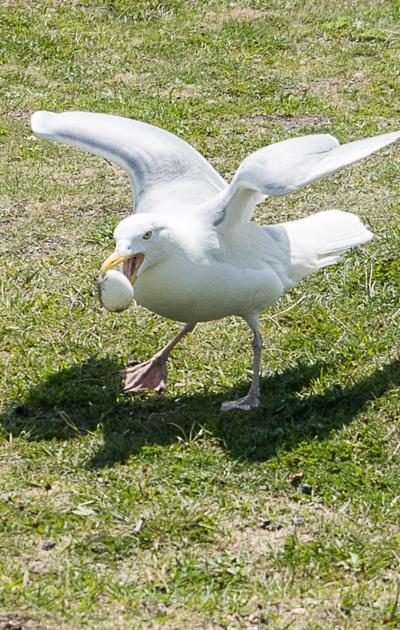
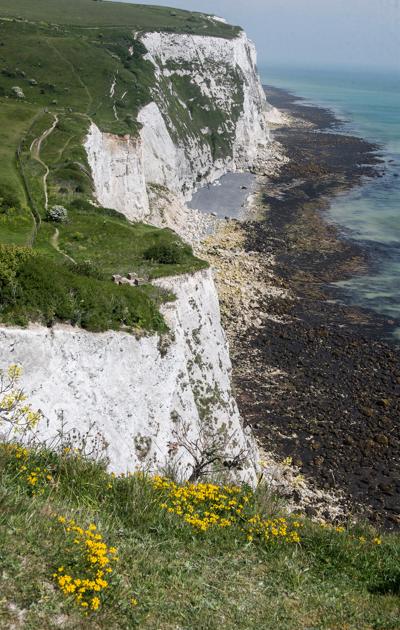
The interesting part was actually getting there. We had an address which google maps got us quite close to but we were on narrow cobbled streets of an ancient city with no hotel in sight. We drove around a couple of round-abouts and found a place to pull over and call. Thank goodness for the Verizon International Plan. The young woman on the phone was very nice and gave us directions, including a narrow alley way and a guard shack. Well, apparently there was a van parked in front of the narrow alleyway so things went a little south from there. We drove through a pedestrian only area and came face to face with a garbage truck on a one lane road. Fortunately they were very understanding and were able to back up to a place we could get by. We stopped at another guard shack and were able to get better directions. Finally settled we realized what an amazing location we were in.
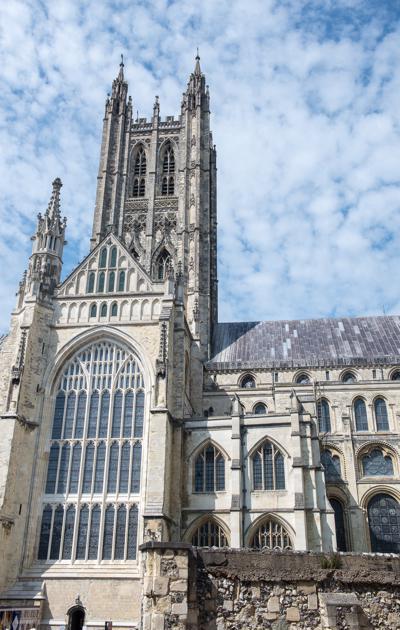
Part of the perks was unlimited access to the Cathedral which we immediately took advantage of. They take their antiquities very seriously in this part of the world so most are under some kind of renovation. This one is undergoing a massive one. Part of both the outside and inside are filled with scaffolding and construction materials. This, however, is one of the largest Cathedrals that we have ever seen. We still spent nearly 2 hours wandering the crypts, Sanctuary and the many chapels. We also saw the remnants of stained glass window that were damaged due to bombing during the war and were treated to some time with a passionate volunteer who shared a lot of information about Thomas Beckett, and Arch Bishop who was murdered here December 29, 1170. He became recognized as a Saint in both the Anglican and Catholic Churches, in large part due to English Reformation which occurred in the mid-16th century.

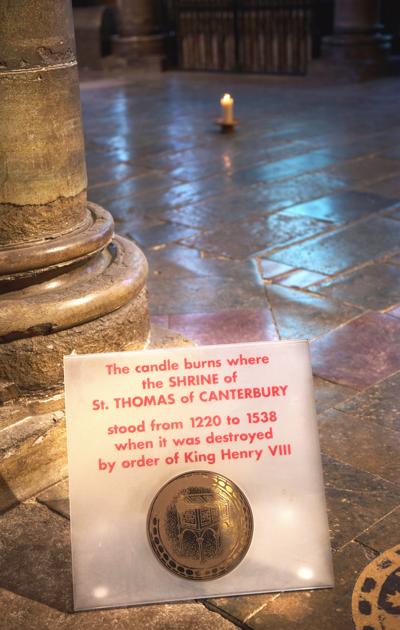
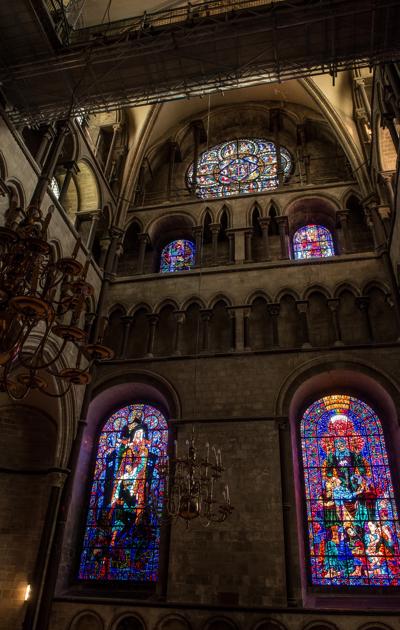
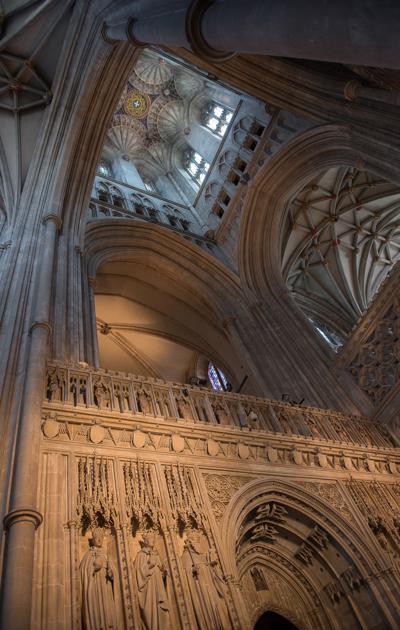
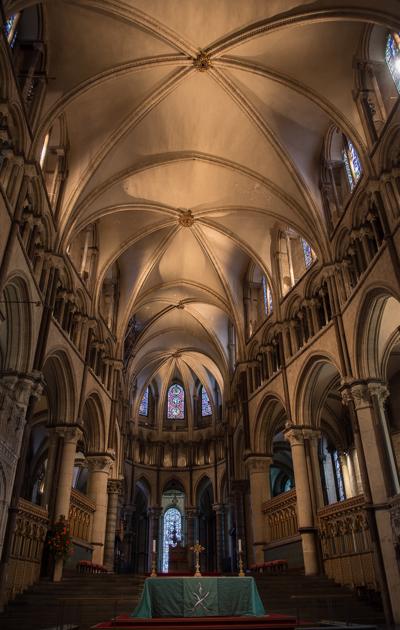
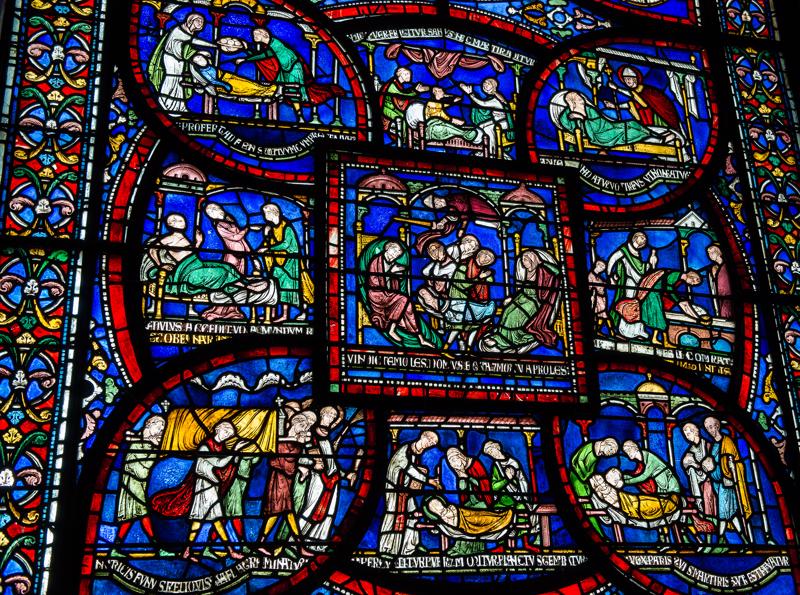
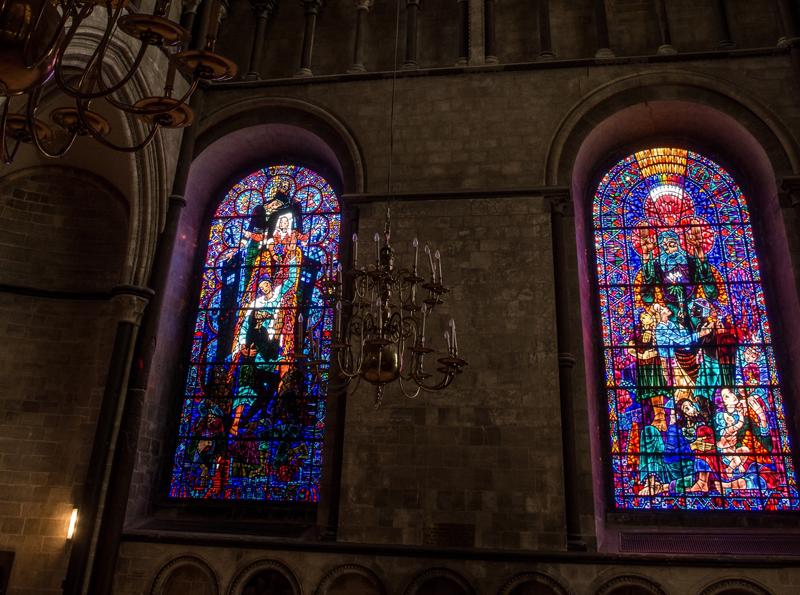
The Cathedral was significantly affected by the large number of pilgrims that came to the tomb. Amazing stained glass windows tell the stories of many of these pilgrims and were constructed in the 13th century using the written notes from monks. These same windows were painstakingly removed and stored in the crypts during WWII to assure their survival.
This evening we walked the ancient town and had a nice dinner right outside the Cathedral gates. I was able to photograph everything lit up at night....truly beautiful. Tomorrow it is off to France. Au revoir!!!
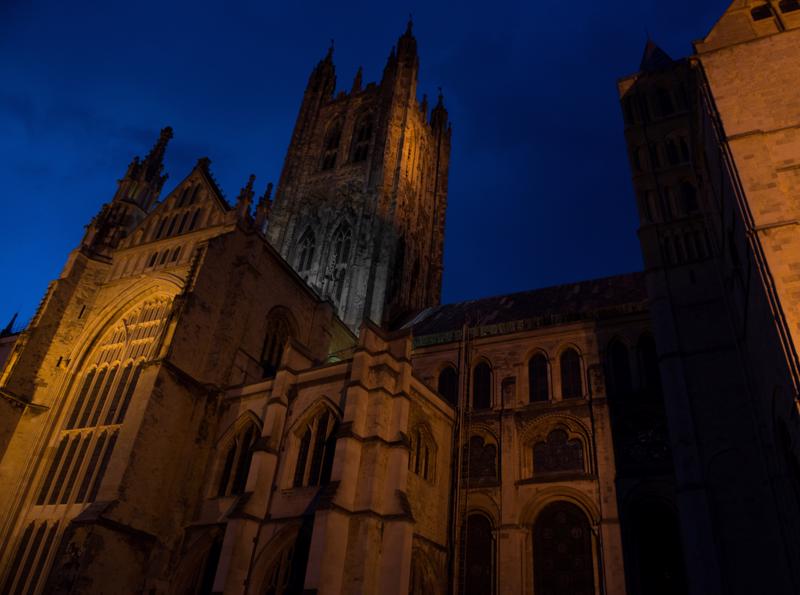
1.
Planning and Prepping
2.
The Longest Day
3.
In the Footsteps of Heros
4.
Following the Flyboys
5.
“We are time's subjects, and time bids be gone.”
6.
Incredible Antiquities
7.
White Cliffs and Cathedrals
8.
Our Introduction to France
9.
Imagine How They Felt!!!!
10.
Show of Appreciation
11.
Tour of Belgium
12.
Birthday French Style
13.
A Walk Through History
14.
Land of Ice.....and Green
15.
The Mystery of Iceland
16.
Iceland Extra
17.
Winding Down
18.
What We Learned
Share your travel adventures like this!
Create your own travel blog in one step
Share with friends and family to follow your journey
Easy set up, no technical knowledge needed and unlimited storage!
© 2025 Travel Diaries. All rights reserved.